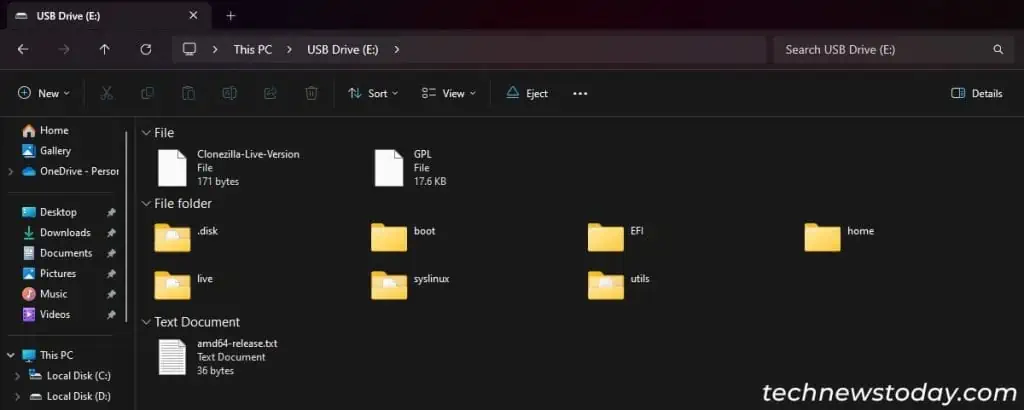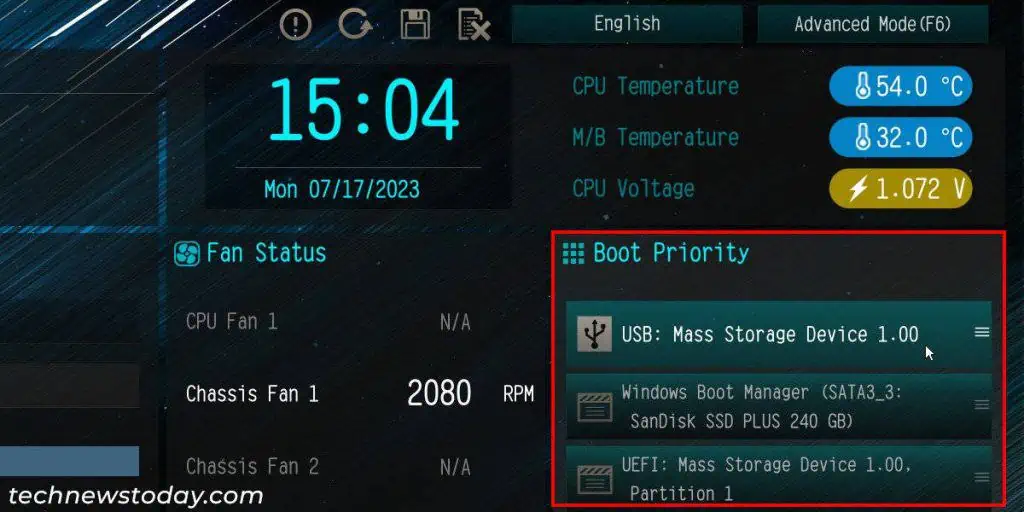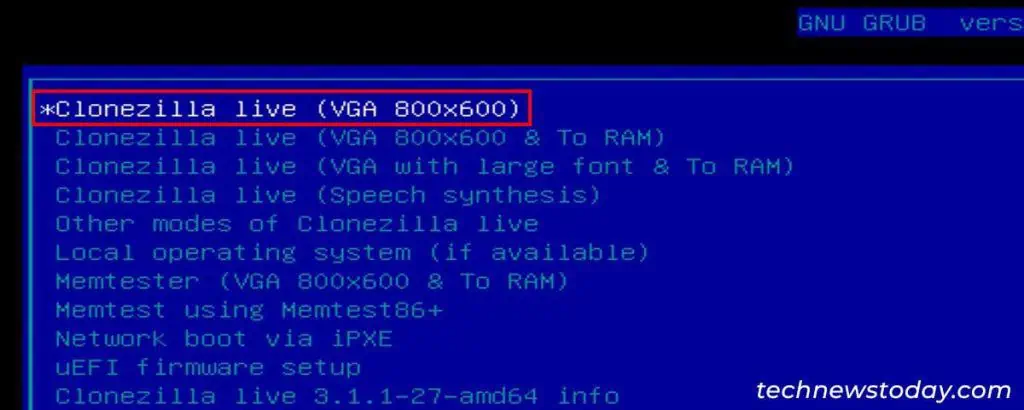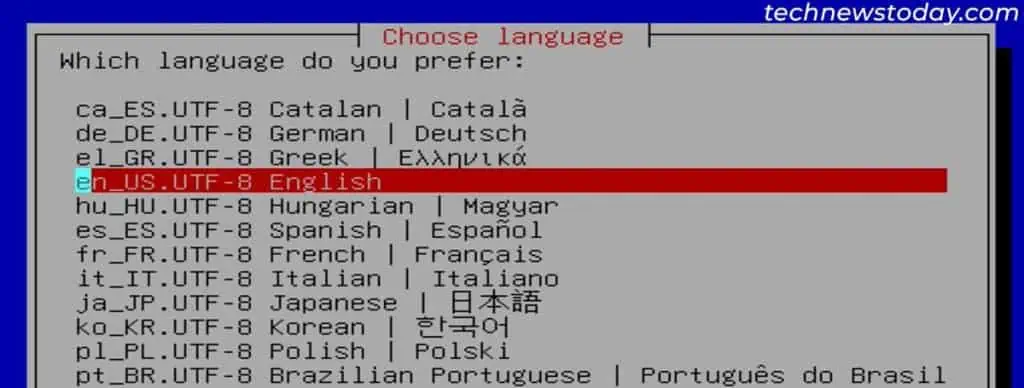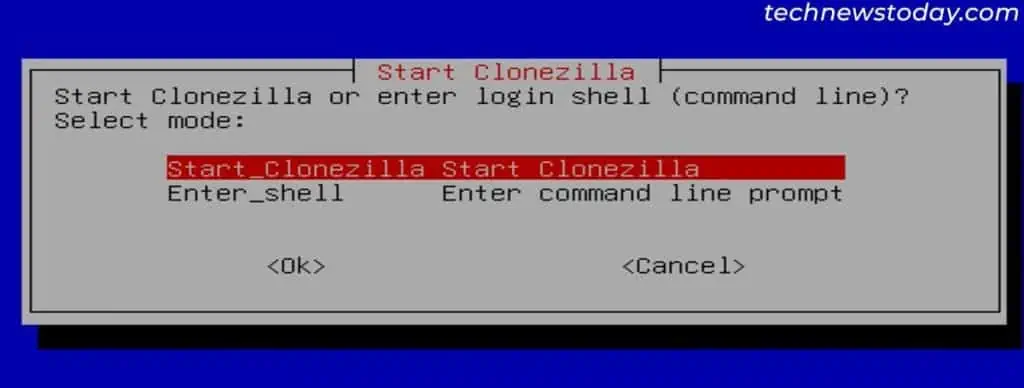Cloning a hard drive is the best way to transfer the full contents of one hard drive to an SSD, especially if the drive contains the operating system.
It is particularly useful whenupgrading your computer with SSD.
It is possible to use ahard disk duplicatoror even asimple command–ddon Linux. However, if you don’t have access to such a device or operating system, your only option is to rely onthird-party cloning software.
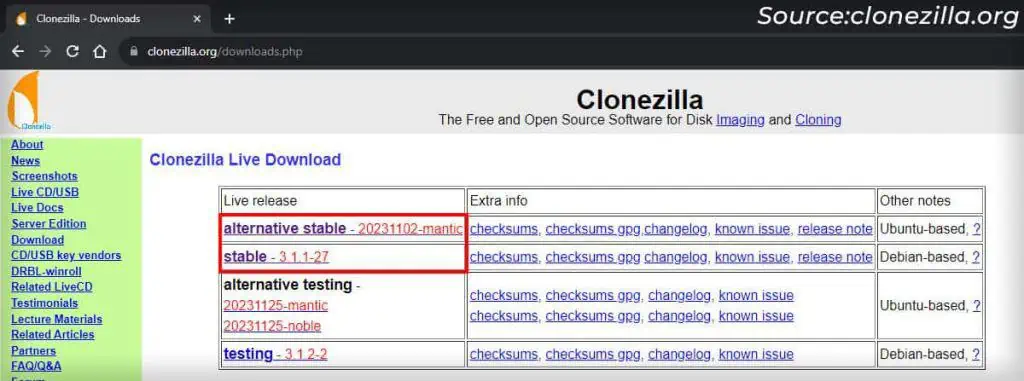
Manyfree and open-source applicationsare also available on the internet for this purpose. you may use any application you want after verifying its reliability and checking user reviews.
Here, I’ll be using an open-source application, Clonezilla Live USB to show you the steps of the cloning process.
Prepare and Check Storage Drives
Trying to clone your hard drive to a corrupt SSD or one with a smaller size may abruptly stop the process. So, it’s best to check both the hard disk and the SSD before starting the cloning process.

Here is the list of a few other things that you need to keep in mind,
Download and Prepare Clonezilla Live USB
If you want to use any other application rather than Clonezilla, ensure to download it from its official website or source.
Also, read the instructions carefully on how to download and run it based on your system.
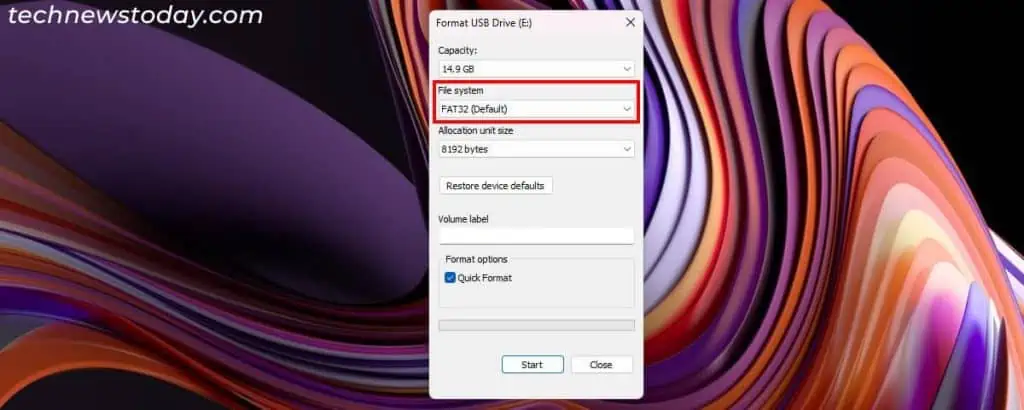
For Clonezilla, the process is to prepare a live USB and clone the hard disk from an offline environment. To prepare the live USB flash drive,
Boot Using Clonezilla Live USB
After preparing the live USB, boot into this USB to run the Clonezilla utility. The easiest way is tochange the boot priority option on the BIOS. But you may also use other methods if you want.
Carry Out the Cloning Process
